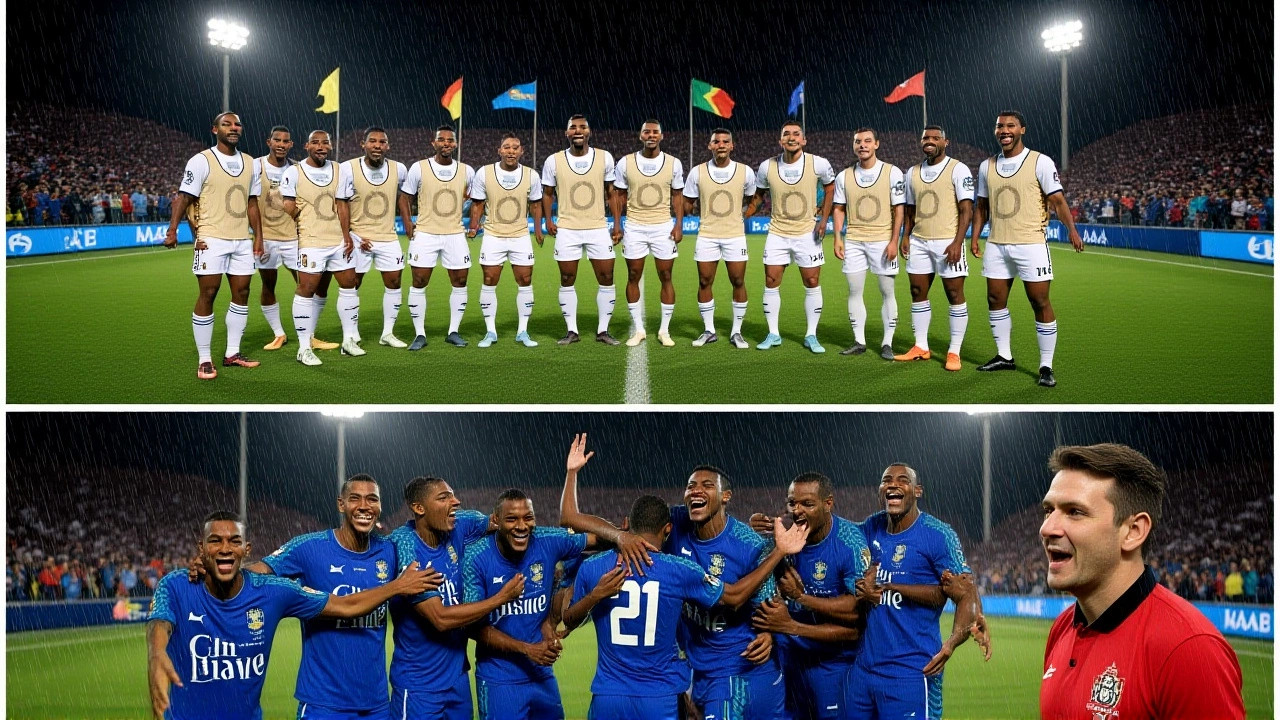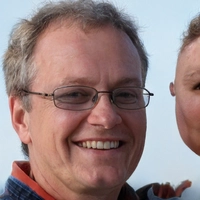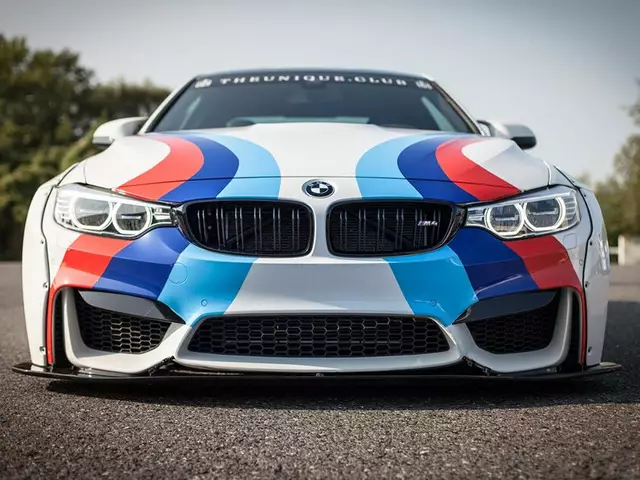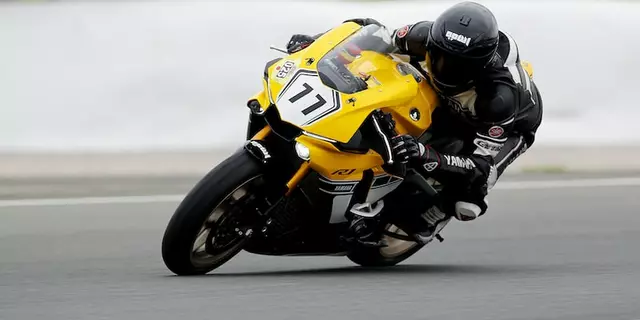On a humid Tuesday night in Kingston, Jamaica, history was written not with a goal, but with a save — and a stubborn, unyielding defense. Curaçao secured its first-ever FIFA World Cup qualification with a 0-0 draw against Jamaica at the National Stadium on November 18, 2025. The result wasn’t pretty. It wasn’t even exciting. But it was perfect. And for a tiny island nation of just 160,000 people, it was everything.
A Blue Wave That Broke the Mold
Curaçao finished top of CONCACAF Group B with a perfect record: 3 wins, 3 draws, 0 losses. Twelve points. A goal difference of +10. No team in the region had ever done that with so little firepower. Jamaica, by contrast, had more stars — Premier League names like Demarai Gray and Andre Blake — but they couldn’t break through. Three times, they hit the woodwork. Once, a header from Shamar Nicholson clanged off the crossbar at the 53rd minute, as captured in CONCACAF’s official highlights. Each time, the crowd roared. Each time, the ball stayed out.At 90+10’, Jamaica’s John Russell got his second yellow for a 50/50 challenge with Leandro Bacuna. The stadium fell silent. Curaçao’s goalkeeper, Eloy Room — nicknamed "Abyspo" by fans — had already made seven saves. He made one more. A desperate, sprawling stop in the final seconds. The whistle blew. And then, the eruption. Players collapsed to the turf. Fans in blue shirts — many flown in from the Caribbean island — hugged strangers. Somewhere in Willemstad, a 12-year-old boy turned off his TV, turned to his dad, and said, "We’re going to the World Cup?"
The Numbers That Defy Logic
Curaçao’s population is smaller than many U.S. high schools. Its landmass? Just 444 square kilometers — about the size of Manhattan and Staten Island combined. Before this, the smallest nation to ever qualify for a men’s World Cup was Iceland, with 340,000 people in 2018. Curaçao cut that in half. And they did it without a single professional club in their domestic league. Their top division? Semi-pro. Their training ground? A dusty pitch in Piscadera, with no floodlights.Yet here they are. The Tricolors — or "Hai Korsou," "Blue Wave" in Papiamento — have now joined the global stage. The group standings tell the story: Curaçao 12 points, Jamaica 11, Trinidad and Tobago 9, Bermuda 0. Jamaica, despite their talent, lost the head-to-head tiebreaker after drawing 1-1 in Curaçao back in September. The margin? One point. One draw. One moment when the underdogs refused to blink.
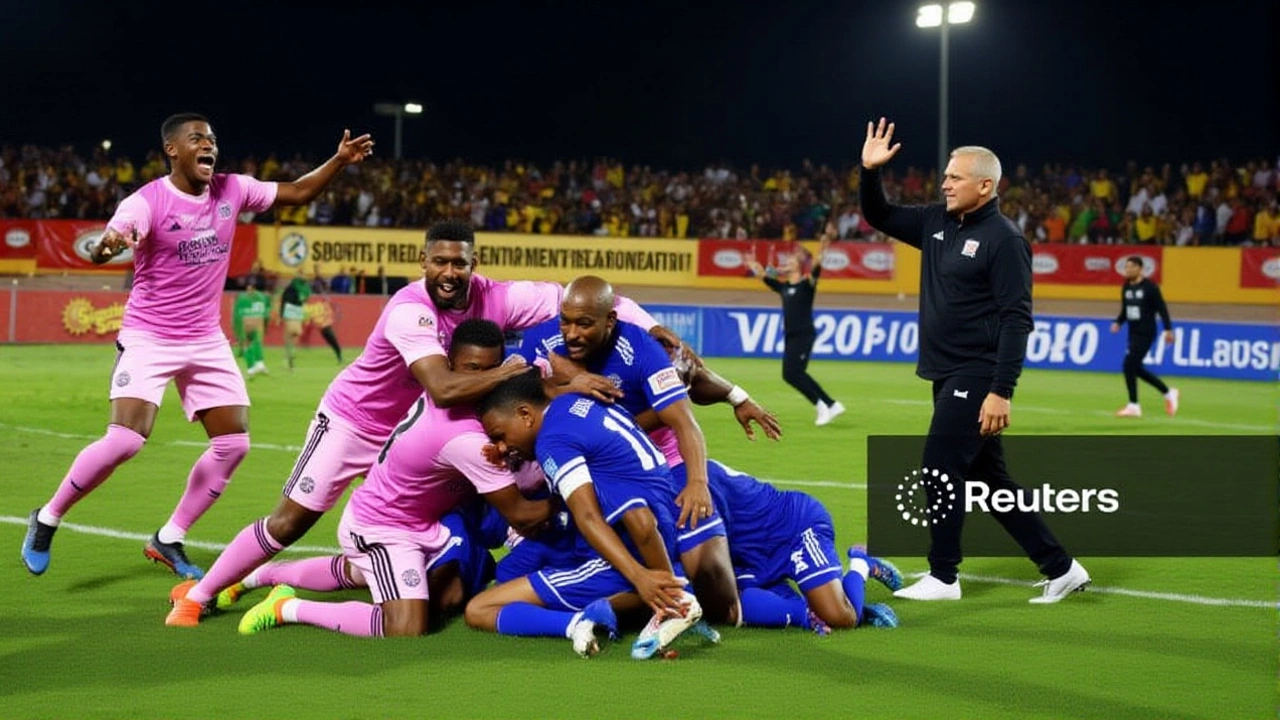
The Man Behind the Miracle
Guus Hiddink, the 78-year-old Dutch tactician who once took South Korea to the 2002 World Cup semifinals, is the architect. He took the job in 2023 after retiring from international coaching. He didn’t come for the paycheck. He came because he believed in the talent — and the hunger. "They play with a kind of joy you don’t see anymore," Hiddink said after the match, his voice cracking slightly. "They don’t have money. But they have heart. And heart beats tactics every time."He restructured their youth system. He brought in Dutch scouts. He demanded discipline. He didn’t change their style — he just sharpened it. The result? A team that defends like a fortress, moves like a unit, and never, ever quits.
What Comes Next
Curaçao will be placed in one of the 12 groups for the 2026 World Cup, co-hosted by Canada, Mexico, and the United States. The official draw is set for December 2025. They’ll face giants. They’ll be underdogs. But they won’t be invisible.Jamaica, meanwhile, drops into the CONCACAF Fourth Round — a brutal gauntlet with the other group runners-up, fighting for one of the final direct slots or a playoff berth. Their World Cup dream isn’t dead. But it’s now a long shot.
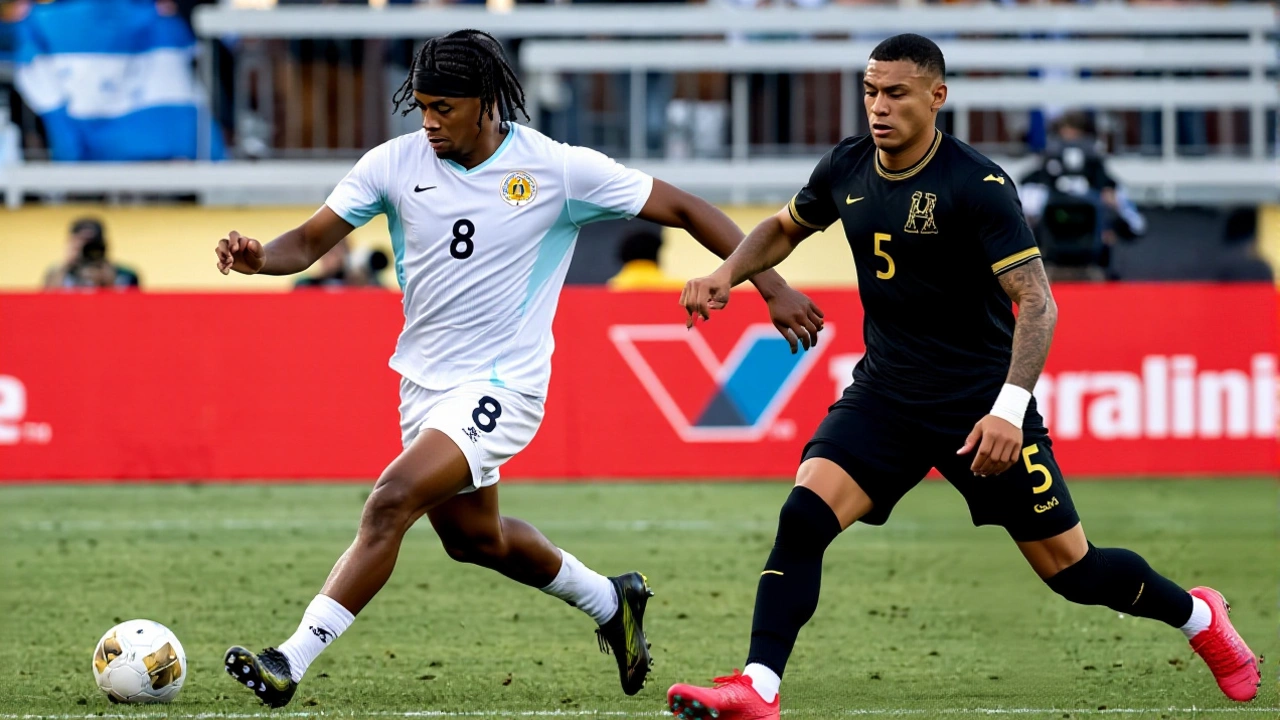
Why This Matters Beyond the Pitch
This isn’t just about football. It’s about identity. Curaçao is not a sovereign nation — it’s a constituent country of the Kingdom of the Netherlands. Its people are Dutch citizens. But they have their own flag, their own team, their own voice. For decades, they’ve been told they’re too small, too poor, too insignificant to matter on the world stage. Now? They’ve proven otherwise.There are kids in Willemstad who now believe they can play in the World Cup. Not someday. Not if they’re lucky. But because someone just did it. Because a team with no academy, no sponsors, and no TV deal beat the odds — and the odds were 100 to 1.
And for the first time, the world is watching.
Frequently Asked Questions
How did Curaçao qualify for the World Cup without winning any matches in the final group?
Curaçao didn’t need to win their final match — they only needed a draw to top Group B. They finished with 12 points from six games (3 wins, 3 draws), while Jamaica had 11 points (3 wins, 2 draws, 1 loss). Head-to-head results broke the tie: Curaçao drew 1-1 away and 0-0 at home, giving them the advantage on away goals and overall points.
Who is Eloy Room, and why is he so important to Curaçao’s success?
Eloy Room, nicknamed "Abyspo," is Curaçao’s veteran goalkeeper who plays professionally in the Netherlands for Vitesse. He’s been the backbone of the team since 2015. In the final qualifier, he made seven saves — including a last-second stop on a header from Shamar Nicholson. His calm under pressure and leadership turned a defensive unit into a wall. Without him, Curaçao doesn’t qualify.
What makes Curaçao different from other small football nations like Iceland or Luxembourg?
Unlike Iceland, which built a professional domestic league and invested heavily in coaching, Curaçao has no professional clubs and minimal funding. Their success comes from diaspora talent — players raised in the Netherlands, Belgium, and the U.S. who chose to represent Curaçao. Their identity, not infrastructure, is their advantage. They play with pride, not payroll.
Why is this qualification such a big deal for the Caribbean?
No Caribbean nation has ever qualified for the World Cup as a standalone team since Trinidad and Tobago in 2006. Curaçao’s success breaks the mold of the region’s usual powerhouses — Jamaica, Haiti, Honduras — and proves that even the smallest islands can compete. It’s a beacon for places like Aruba, Sint Maarten, and the British Virgin Islands, who now believe they, too, can dream.
Will Curaçao have home games in the 2026 World Cup?
No. The 2026 World Cup is hosted only by Canada, Mexico, and the United States. Curaçao will play all their matches in North America. But they’ll have a massive fan contingent — an estimated 15,000 supporters are already planning trips. Their matches will be among the most colorful in the tournament, with blue flags, Papiamento chants, and steel drum bands in the stands.
What’s next for Curaçao’s football program after this historic achievement?
The national federation plans to use World Cup revenue to build a national training center and fund youth academies across the island. They’re also negotiating a partnership with Dutch clubs to send young Curaçaoan players to Europe on scholarships. This isn’t an endpoint — it’s a launchpad. The goal? To be a consistent World Cup contender by 2030.
